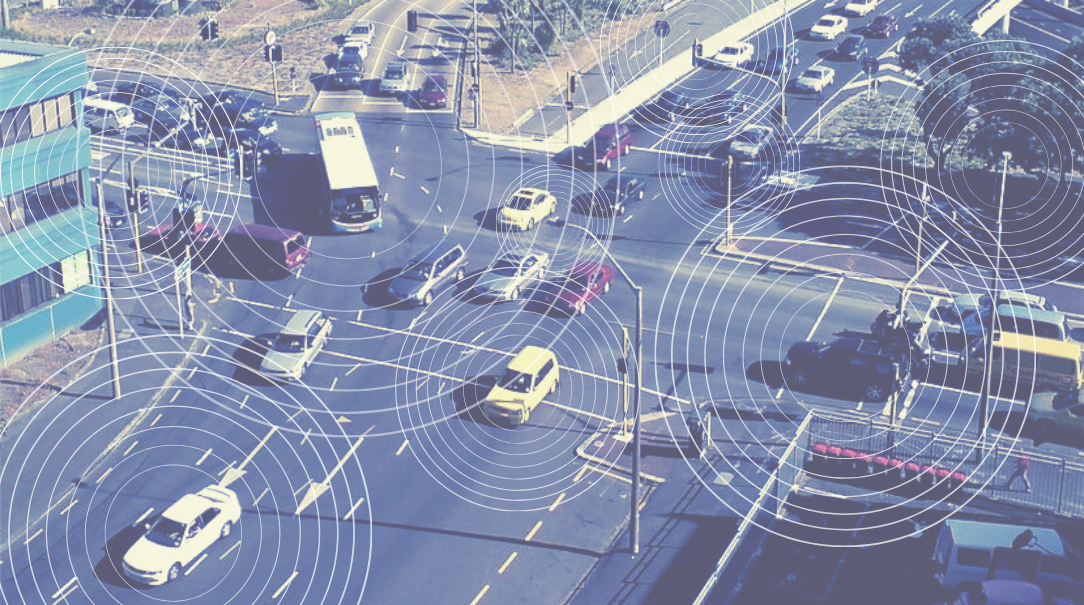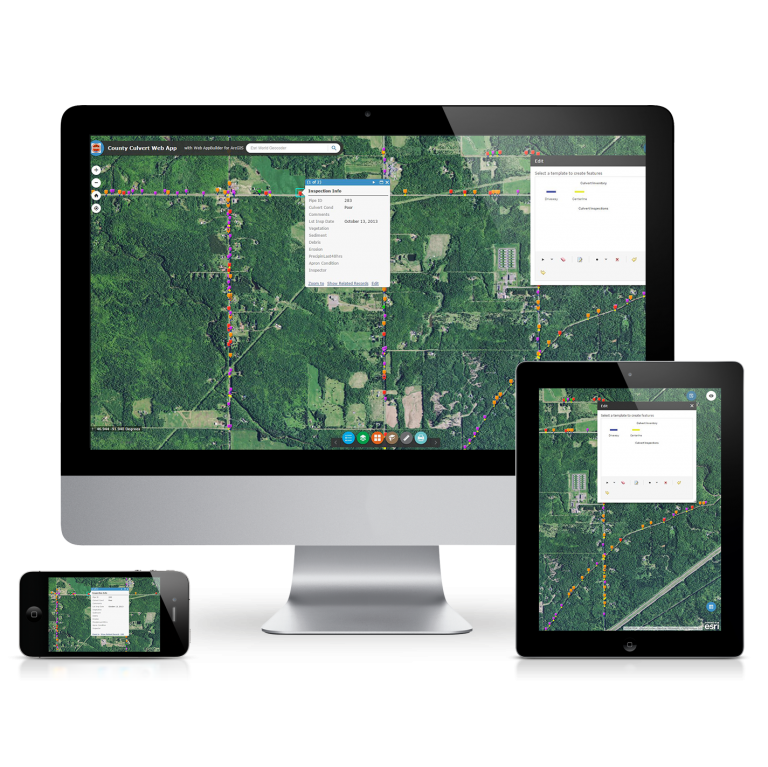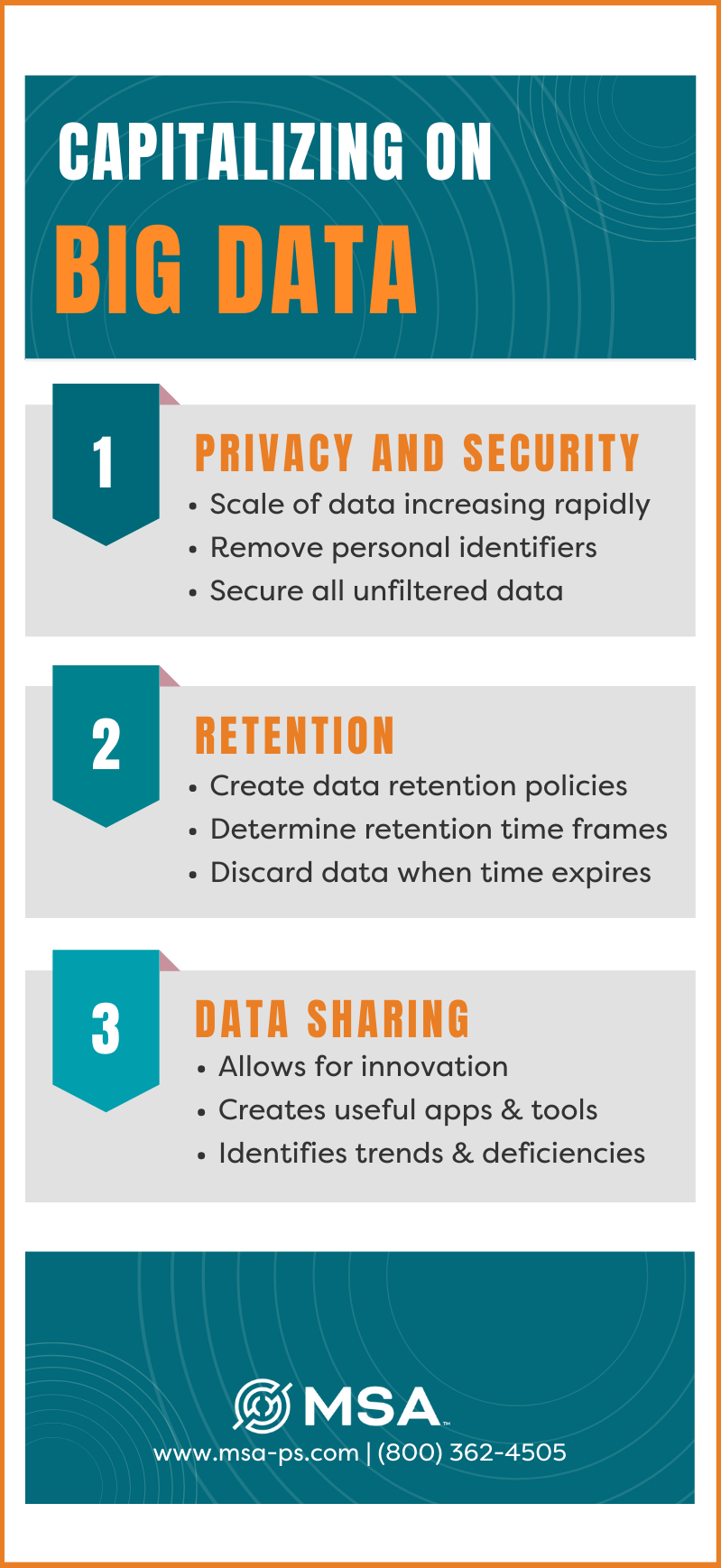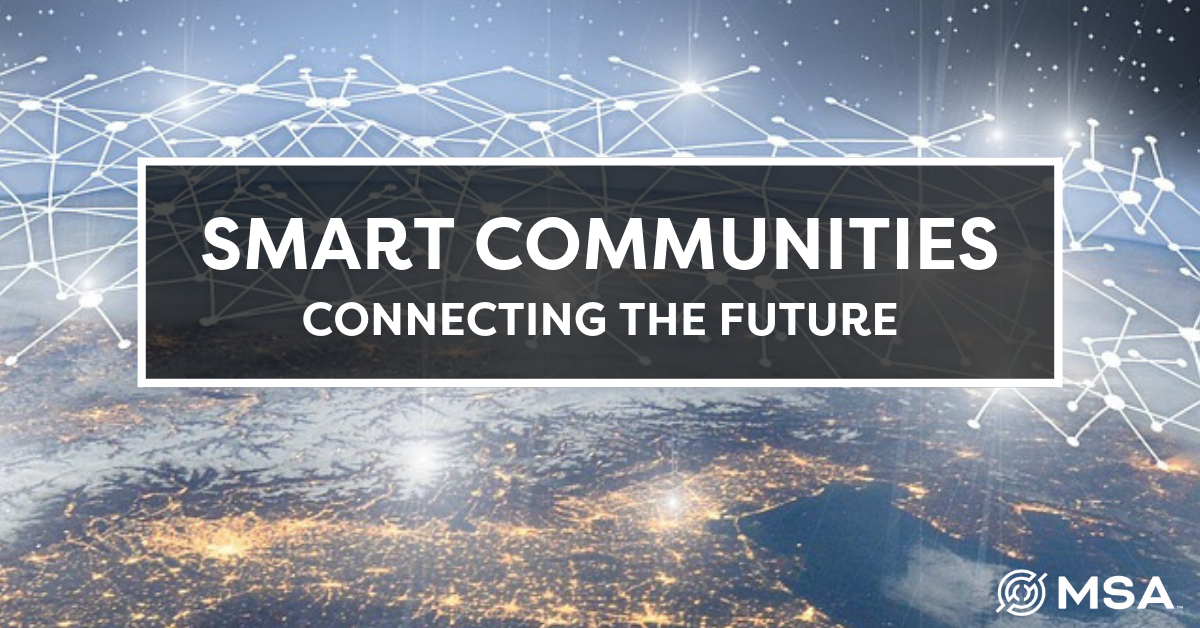In Part I of this series on Smart Communities – Connecting the Future, we reviewed some of the exciting possibilities associated with creating a connected community. We touched on current and rapidly evolving technology and proposed a series of questions communities should be considering now to create an effective long-term, community-wide plan. Finally, we wrapped up by discussing the importance of starting to implement a backbone fiber optic cable network in preparation for connected technology.
Part II: Asset Protection and Policy Creation that Works
As technology develops, vendors will be looking to enter your community. Just as it is important to have a plan for building out your community’s smart infrastructure needs, it is also important to have policies in place regarding city-owned real estate and big data collection, usage and retention.
Recognizing your community’s assets
On a day-to-day basis, it’s very likely that community-owned property and infrastructure elements are viewed as never-ending maintenance needs. However, when it comes to building a Smart Community, that mindset will change as communities realize the valuable assets that they not only have, but have the ability to control.

Asset ownership
With the pending implementation of connected vehicles and 5G wireless networks, there will be a need for closely spaced communication devices such as dedicated short-range communications (DSRC) radios to be installed throughout communities. These devices will facilitate the transmission of massive amounts of data. Larger cities such as Minneapolis have already seen some of these installed on power poles and street lights, as well as in temperature-controlled vaults mounted within the sidewalk and terraces. In most cases, this infrastructure and property is owned and maintained by the community itself, giving them an immense amount of control over everything from who can install the apparatus to what kind of aesthetic characteristics they should have.
Private companies have begun approaching communities of all sizes, offering to take over maintenance of their municipal street light networks in exchange for gaining exclusive rights to the “real estate” these light poles provide. This gives the private entity full authority over what, when, where and who can places devices such as DSRC radios on them. The decision whether or not to sign a contract for such a service should be thoughtfully considered. While appealing from a maintenance and short-term cost savings standpoint, preserving city ownership allows for long-term control over these assets and provides municipalities the ability to negotiate directly with data and communication companies about what types of devices, how they look, and how many are allowed on a pole. It keeps the door open for competitive, renewable contracts and lease agreements that will likely allow communities to capture more than enough revenue to cover the maintenance costs for the lights themselves.
Smaller cities have leveraging power over large communication companies, too. They may mistakenly believe they need to lay out the red carpet to attract these kinds of services, or it may be tempting for communities with fewer immediate resources to redeem a one-time revenue source and/or reduction in maintenance expenses. However, this comes at the cost of retaining rights to valuable real estate and equipment – and the truth is – these need to be viewed as big-picture decisions and as a long-term investments.
Asset inventory

In preparation for leveraging these assets, it is important to first thoroughly inventory them. This includes above- and below-ground infrastructure, existing utility locations and available right-of-way. The most efficient way to capture and recall this information is through a geographic information system (GIS) database. In Minneapolis, for example, City staff inventoried all existing light poles and bases using GIS to document the physical condition of the poles and the weight capacity they can support. Now, when vendors request to install a DSRC radio on one of the City’s poles, the vendor can provide the weight of the device and the City can quickly identify if the existing light pole and base can support it. If not, the vendor can either choose a different location or pay to replace one or both of the components (pole or base) before gaining access. Similarly, GIS can be utilized to inventory and assess underground utilities for installing fiber optic cable or underground vaults. Having this data organized early saves communities time and money in the future when the demand arises and it’s time to implement some of these smart technologies.
Capitalizing on Big Data
Arguably, the greatest benefit of smart communities will be the sheer volume of data collected through devices like DSRC radios, Bluetooth technology and roadside vehicle detectors. This data will allow for faster emergency response times, increased equity and overall better, data-based investments for solutions to community issues.
When it comes to managing this data, it is important to be prepared for concerns including privacy and security, internal storage retention and data sharing.

Privacy and security
Privacy and security concerns have been relevant for decades, but with the smart community wave, the scale of data collected will increase exponentially. Communities need to be ready to address concerns about what this data is being used for and how it is being protected. Have policies in place to ensure personal identifiers associated with any public data are removed and unfiltered data is securely protected for the duration of its retention.
Retention
Reviewing data retention policies are important for two reasons: storage cost and open records requests. First, storage costs alone make it highly impractical to retain the amount of data that will be collected beyond a short period of time. Second, even with the most detailed personal identifier scrubbing, there is still valuable information within video and other types of data that make it worthwhile for the public to place open records requests, tying up valuable staff time and resources. It is highly recommend that communities determine an appropriate retention time frame for their specific needs and uses, and discard data beyond that finite period.
Data sharing
Innovation begins with information. Whether the data collected by vendors is used internally, sold on secondary markets, or provided free on an open platform, it is valuable information worth sharing. The data can help communities discover trends and shortcomings for a variety of services that can more effectively be addressed than may have been possible without data-based evidence. The data can also allow external innovators to create solutions through apps or other tools, which a community may not have had the resources to produce prior. The more data that can be shared, the greater the potential for improvement.
How Should Communities Move Ahead?
The importance of starting the discussion about a community’s direction forward cannot be overstated. The technology is here today with new advances constantly arriving; beginning to create policies for smart community assets will position municipalities for better and more efficient decision-making when an offer to buy assets is made, requests for device installations appear on meeting agendas, or a grant application for equipment becomes available. After demand arrives, it may be far more difficult to gain the terms a community deserves to maintain a financial advantage and a sense of order and uniformity.

This article is the second in a short series focused on Smart Communities – Connecting the Future.
Part III – Creating Partnerships discusses how to identify key partners for your community’s smart initiatives. The goals of these stakeholders commonly overlap with yours and are vital to project support–politically, financially and developmentally. Learn who potential internal, external and private partners are, and how to kick-start those relationships to get your smart projects off the ground.
